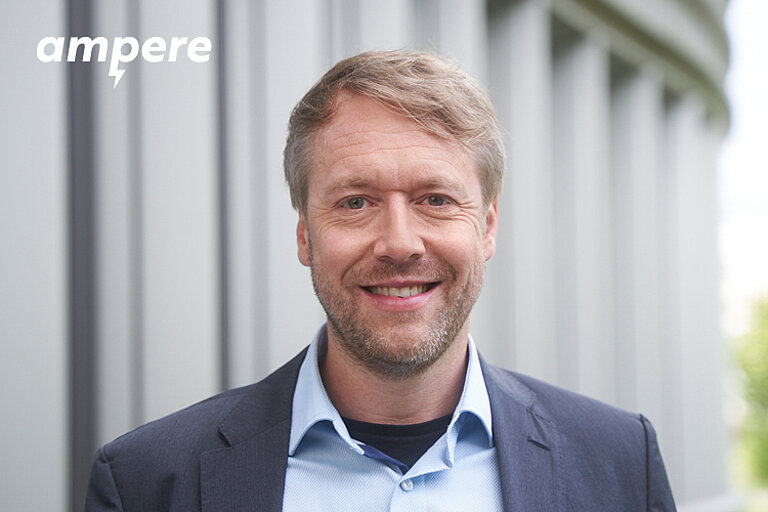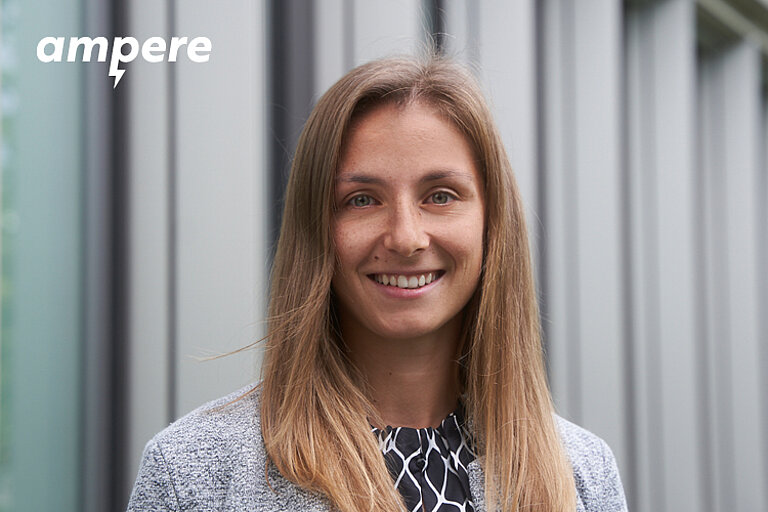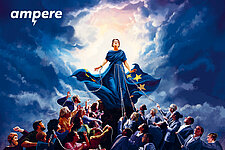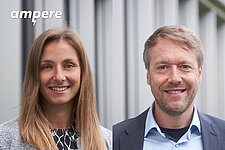What problem does Drive 4.0 solve?
Schmidt: Digitalisation and networked value creation enable, among other things, resilient supply chains, better availability of raw materials and a sustainable economy in a globalised world. However, this potential has so far only been partially utilised due to the complex networking of different players and objects and the often proprietary nature of existing solutions. This leads to isolated data silos that hinder comprehensive transparency and the utilisation of data for analytics applications and value-added services.
Schuster: The joint project "Reallabor Antrieb 4.0" aims to develop manufacturer-neutral solutions in close cooperation with drive manufacturers that can serve as the basis for data-driven services. Our aim is to establish standardised networking within the drive systems in order to improve data availability, transparency and interoperability - as a basis for the development of new services and service-oriented business models.
How did the idea for the project come about and what were the first steps?
Schuster: The idea came about after a preliminary project in which the white paper "Drive 2030" was developed in 2019. It formulated twelve theses that describe changes in business models, value creation and value creation systems in the context of the drive system by 2030. The "Drive 4.0 real-world laboratory" project aims to get one step closer to these goals by developing innovative collaborative solutions.
Schmidt: In line with our open-ended approach, we started by identifying potential use cases that offer both economic and ecological added value. The next step was a pre-selection of 36 use cases by our partners, focussing on scientific innovation and the research interests and resources of our partners. In the final phase, drive manufacturers, machine and plant manufacturers and plant operators used an online survey to evaluate the ten prioritised use cases from the pre-selection. The assessments of the drive manufacturers were often surprisingly close to the assessments of their potential customers.
So it has now been decided which of the original 36 use cases will be realised?
Schuster: The specific use cases have now been defined: "Digitalised asset management" and "Holistic, energy-efficient design of drive solutions". Digitalised asset management enables the central provision of all relevant information about an asset throughout its entire life cycle in a standardised format. This enables plant manufacturers and operators to maintain an overview of the increasingly complex plant structure. The second use case deals with the energy-efficient design of drive systems by plant manufacturers. This is done by combining drive components from different manufacturers in order to fulfil a load and movement profile specified by the operator as energy-efficiently as possible.




![[Translate to Englisch:] [Translate to Englisch:]](/fileadmin/_processed_/e/d/csm_ampere_1_2024_Chefsache_Web_750x500_01_bfa9bd6792.jpg)
![[Translate to Englisch:] [Translate to Englisch:]](/fileadmin/_processed_/5/7/csm_ampere_1_2024_Zwiegespraech_Web_750x500_Teaser_47fd1761f1.jpg)

